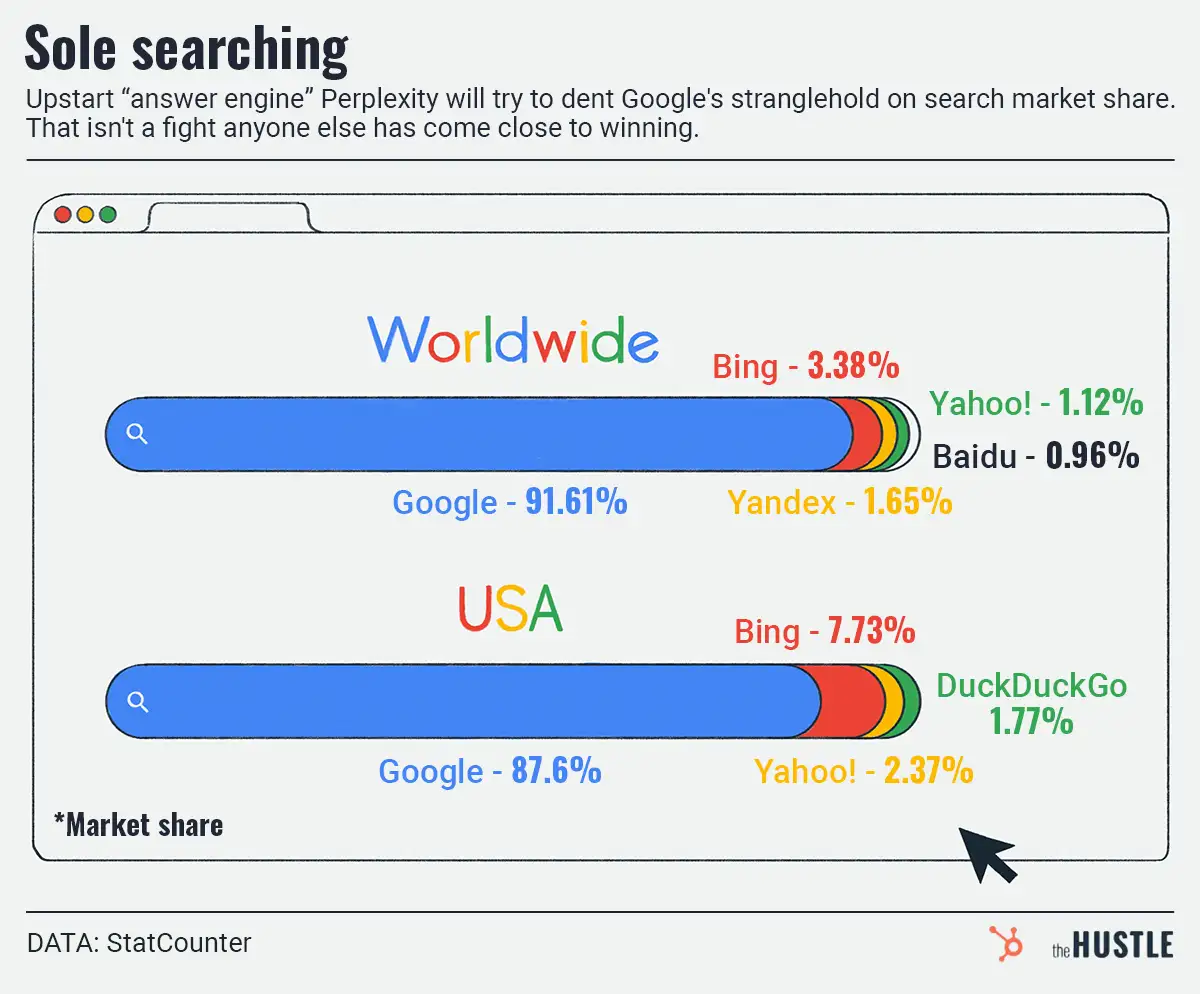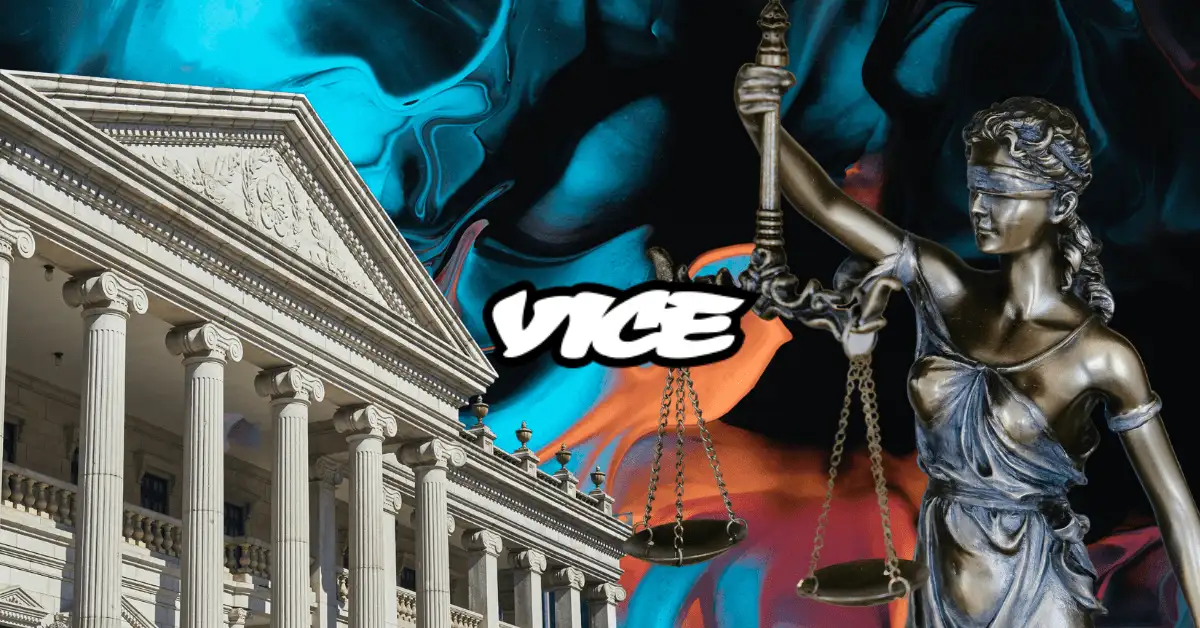
The newsletter startup Substack was inspired by China’s superapp WeChat
WeChat logo
Published:
Updated:
Related Articles
-

-

Cloudy with a chance of downfalls: The year ahead for startups
-

Could a Bezos-backed search startup kick Google’s crown off?
-

Adam Neumann’s apartment startup is here
-

Getty Images’ AI play
-

AI-generated foraging books seem dangerous, right?
-

Vice Media goes broke as the news continues to break
-

After billions of years of the same ol’, same ol’, has water finally been disrupted?
-

Why ‘deaccessioning’ is an art museum controversy
-

What happened with HustleGPT

